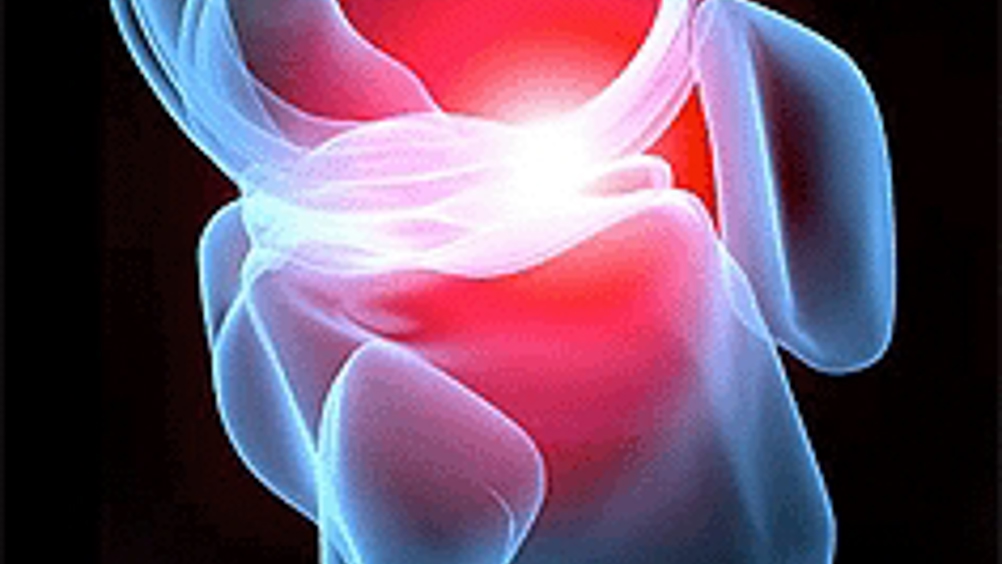Material stimulates cartilage growth
Northwestern University researchers have designed a unique bioactive nanomaterial that promotes the growth of new cartilage in vivo and without the use of expensive growth factors.

Minimally invasive, the therapy is said to activate bone marrow stem cells and produce natural cartilage in a way that conventional therapy can not.
‘Unlike bone, cartilage does not grow back, and therefore clinical strategies to regenerate this tissue are of great interest,’ said Northwestern’s Samuel I. Stupp, Board of Trustees professor of chemistry, materials science and engineering, and medicine, and director of the Institute for BioNanotechnology in Medicine.
Damaged cartilage can lead to joint pain and loss of physical function and eventually to osteoarthritis, a disorder with an estimated economic impact approaching $65bn (£41bn) in North America alone.
Type II collagen is the major protein in articular cartilage, the smooth, white connective tissue that covers the ends of bones where they come together to form joints.
‘Our material of nanoscopic fibres stimulates stem cells present in bone marrow to produce cartilage containing type II collagen and repair the damaged joint,’ said Ramille N. Shah, assistant professor of materials science and engineering at the McCormick School of Engineering and Applied Science and assistant professor of orthopaedic surgery at the Feinberg School of Medicine.
Register now to continue reading
Thanks for visiting The Engineer. You’ve now reached your monthly limit of news stories. Register for free to unlock unlimited access to all of our news coverage, as well as premium content including opinion, in-depth features and special reports.
Benefits of registering
-
In-depth insights and coverage of key emerging trends
-
Unrestricted access to special reports throughout the year
-
Daily technology news delivered straight to your inbox










UK Automotive Feeling The Pinch Of Skills Shortage
Aside from the main point (already well made by Nick Cole) I found this opinion piece a rather clunking read: • Slippery fish are quite easy to...